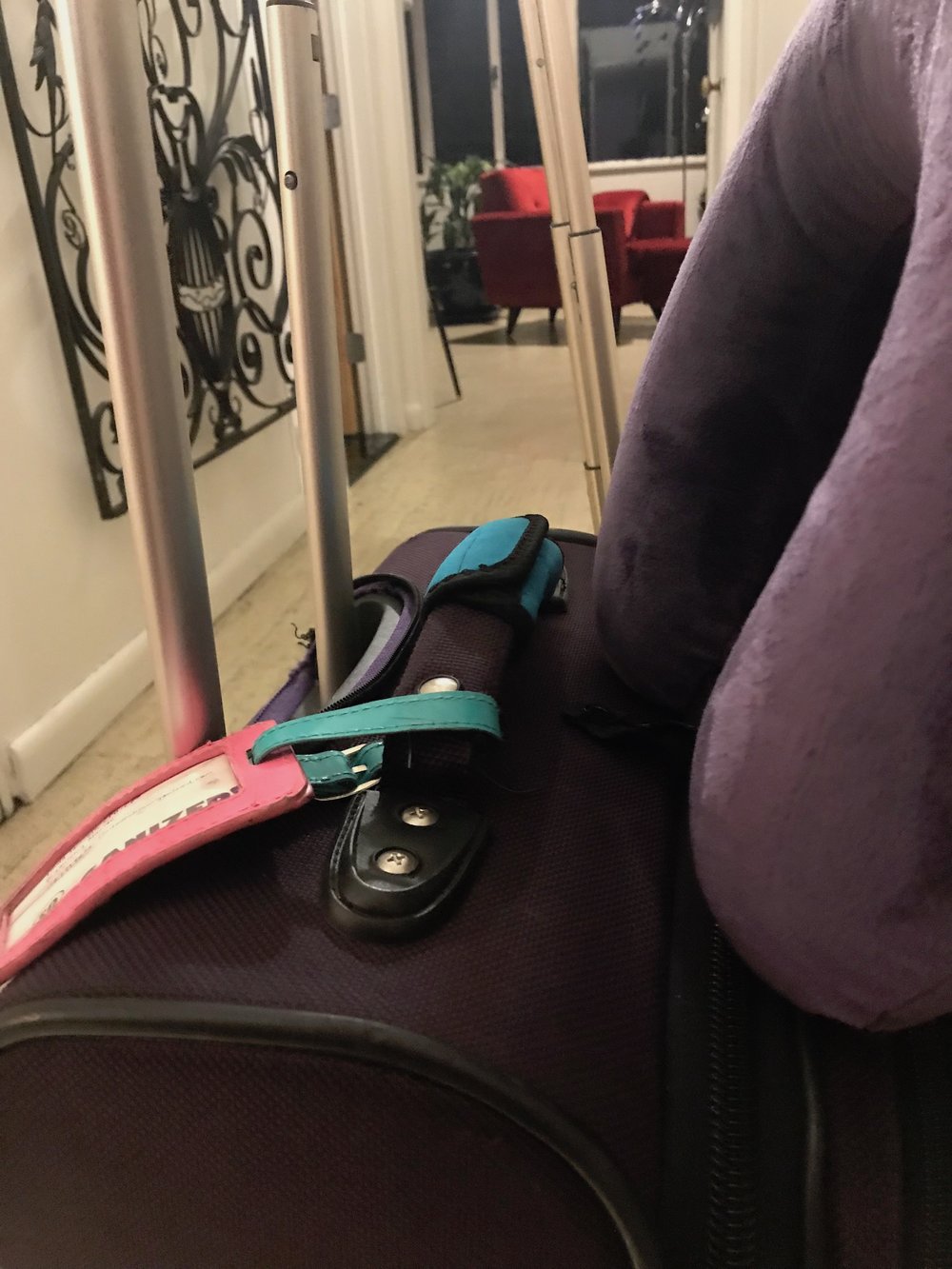Perfect isn’t possible when it comes to entertaining. In fact, perfection is a recipe for undue stress. Letting go of perfect and infusing the situation with humor and intention is one of the lessons I’ve learned over time.
My husband, Steve and I have a long history of hosting events together. For the last 37+ years, we have gathered our friends and family for over one-hundred celebrations and get-togethers including birthdays, Thanksgivings, New Years’, Cajun dances, BBQs, brunches, dinners, cast parties, Bat Mitzvahs, and Passovers. As you might have guessed, we enjoy entertaining. His parents and mine also loved hosting and were the center and gathering places for both of our families. They were gracious, generous, and inspiring role models. They taught us so much about love, life, teamwork, and hosting.
While it’s lovely to have people in our home, it takes organizing, planning, and preparation. We use a tag team approach and share our responsibilities and tasks. We each have our own event-specific lists that we update from year-to-year. Our lists include things like shopping items, dates to shop, cook times, beverage consumption, and tasks related to house set-up.
Our most recent event was this past weekend when we had 32 people for Passover. Of all the meals we prepare, this one is the most complex because of the volume of food, multiple courses, and pacing. The cooking and house prep are done in advance over three or four days.
When it comes to entertaining, there are some letting go lessons I’ve learned.
5 Lessons Learned About Letting Go of Perfect
Uh-Oh. - Planning is terrific, but you will forget something like an essential ingredient for one of your recipes. That’s OK. Run out to the store, again. Add it to the list for next year. Remember you’re human and let go of being perfect.
No You Don't. - You don’t have to do everything yourself. If someone asks, “Can I bring something?” say, “Thank you, yes.” Then look at your menu and ask for what you need. Let others participate. Let go of being responsible for the entire meal.
Help Is Good. - People like to help because it makes them feel comfortable. Be ready to delegate. If your guests want to clear plates, wash dishes, help serve the soup, or refill the ice bucket, say, “Thank you, sure!” It’s gratitude time. Let go of having to do things a certain way and embrace those extra helping hands. You’ll be glad you did.
The Real Plan. - There will be last minute cancellations, additions, or emergencies (medical and otherwise.) You never know what will happen, but something will happen. Remember that detailed plan I mentioned earlier? Laugh now, because it will change. Let go of exactness. Know that there’s a 99.9% chance you will need to deviate from the plan.
What's Your Why? - Let go of expectations, but set an intention. One of the things my husband added to his list this year was, “Have fun!” I loved that, so I put it on my list too. Adding this simple reminder was just what I needed. It helped me focus on why we were doing this, which was to enjoy, gather, celebrate and have fun with our family and friends.
The details are significant, but they aren’t everything. They don’t have to be perfect. Remember your why. Allow it to permeate your actions with love, flexibility, and letting go.
Which letting go lessons resonates with you? Do you have others to add? I’d love to hear your thoughts. I invite you to join the conversation.















